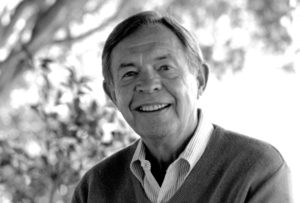
The development of the NBA was inspired by the ideas of Thomas Gordon, an US-American clinical psychologist who became well known with his publication: “Parent Effectiveness Training”, a plea for a nonviolent education. It also represents a systemic approach, involving several members of a class in a change process. The systemic approach was introduced by the US-American therapists Steve de Shazer and Insoo Berg and their team at the Brief Family Therapy Center in Milwaukee. The therapists were convinced that individual behavior changes in a system (a group) influence the functioning of the whole group.3 Consequently, a shift in behavior of some group members will have an impact on the other ones. Another important aspect is the future and resource – orientation. The idea is not to look back and not to analyze reasons for behavior patterns. It tries to create a setting which enables looking for solutions. The attitude of the teacher is to initiate a change in behavior. The bullying student will not be confronted with his wrongdoing (“no blame”) but he/she will be integrated into a group process to improve the situation for the victim. Resource orientation means that the bully is not only perceived as a deviant person but also as someone who has shown positive character traits before.
In case of bullying, this process can be initiated by the class teacher or another teacher who knows the class well, a social worker or school psychologist.4 Often the teacher has observed a change in behavior of the bullied student, parents turn to the teacher or bullying activities are reported by others. Since the NBA is working without blame the wording will also be changed, the teacher will address the victim as affected student and bullies will be called protagonists or actors. The process consists of 3 steps:
-
- A talk with the affected student
- A meeting with a selected group of students of the class (neutral students, actors and bystanders) which is called “support group”
- Follow-up meetings with the affected student and the members of the support group.